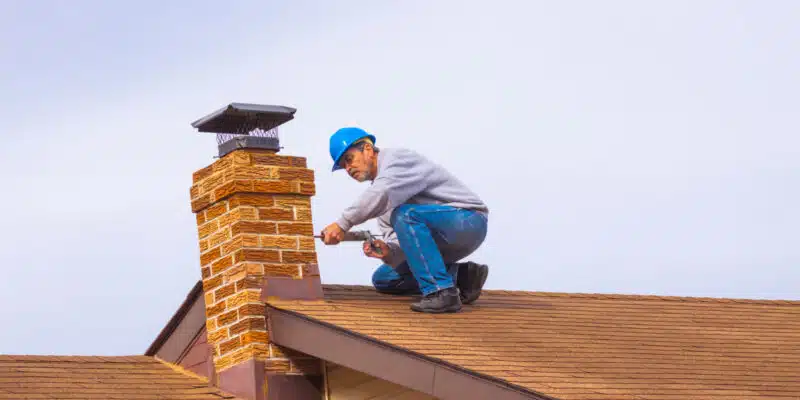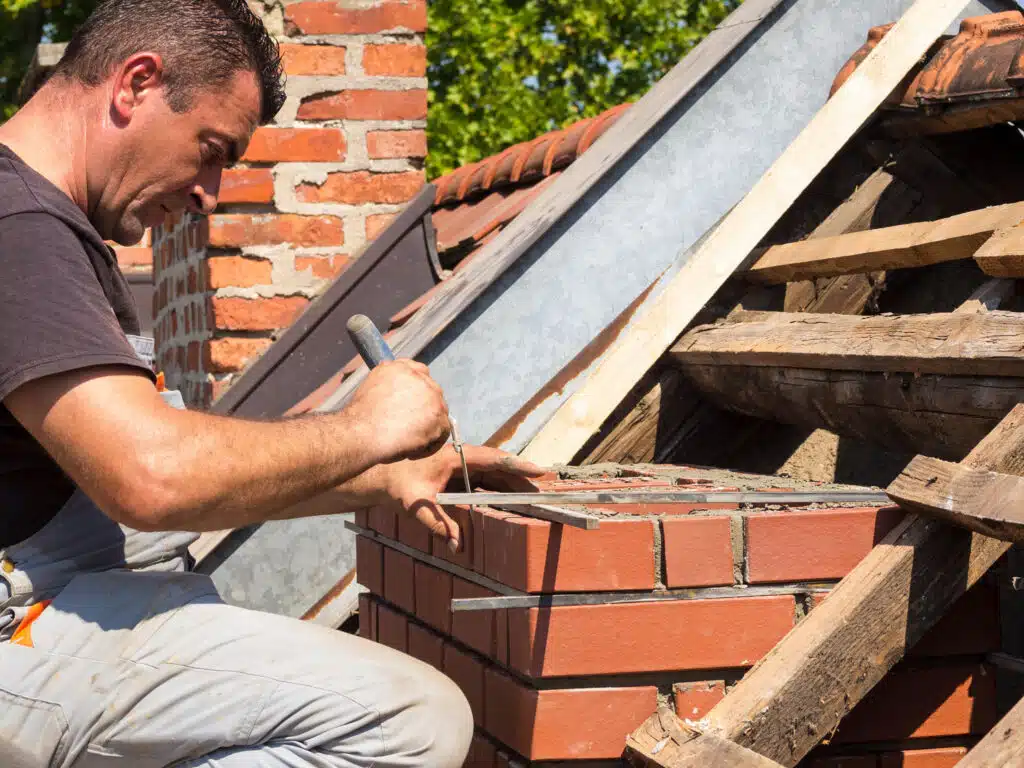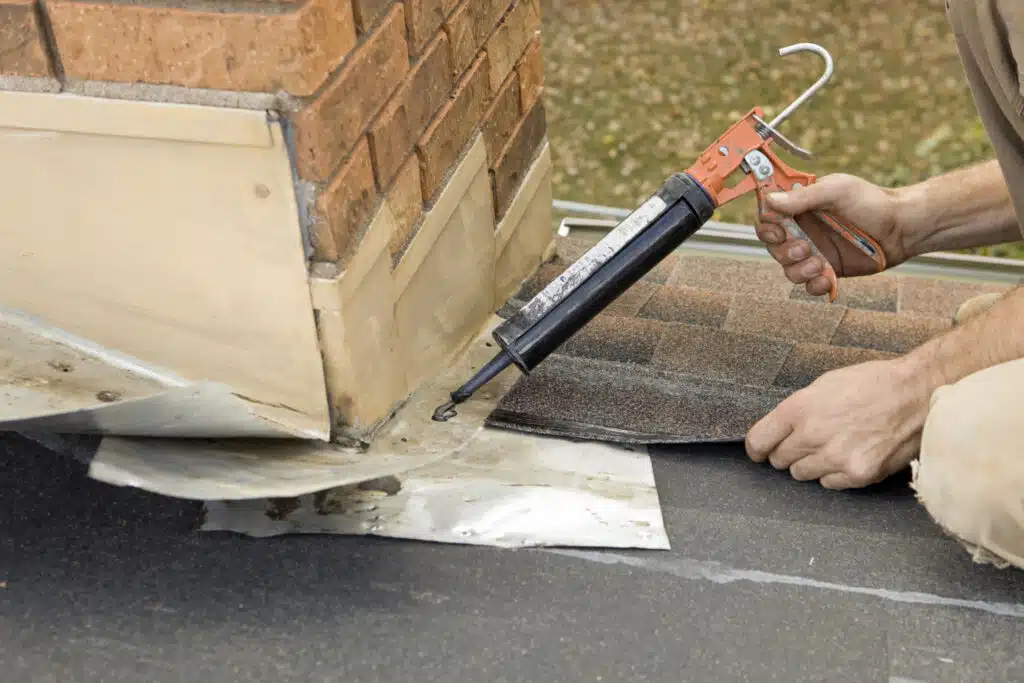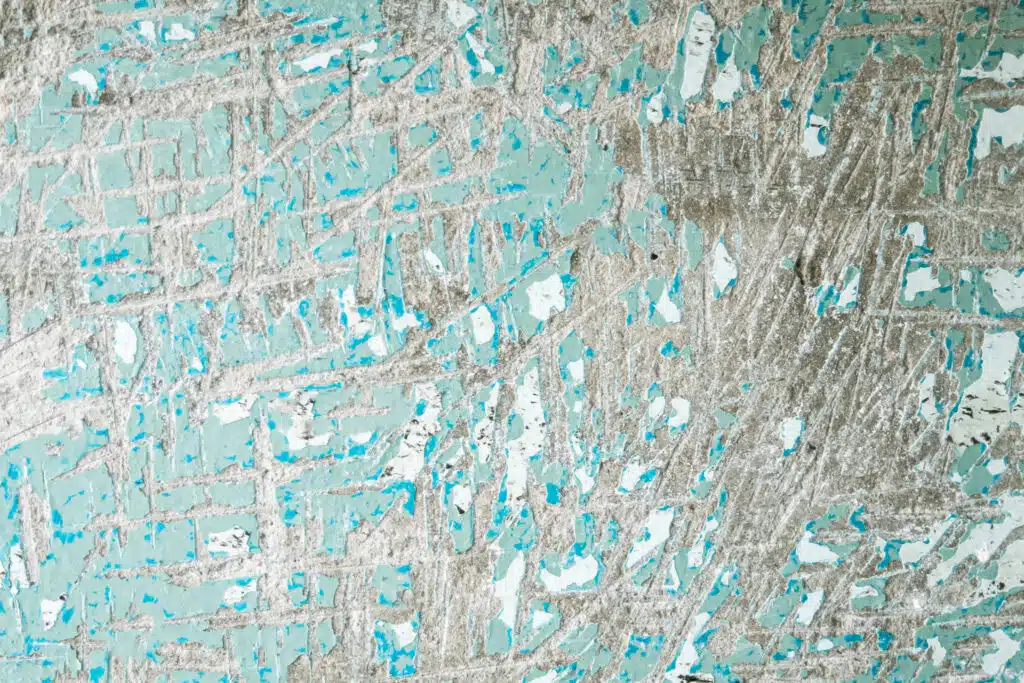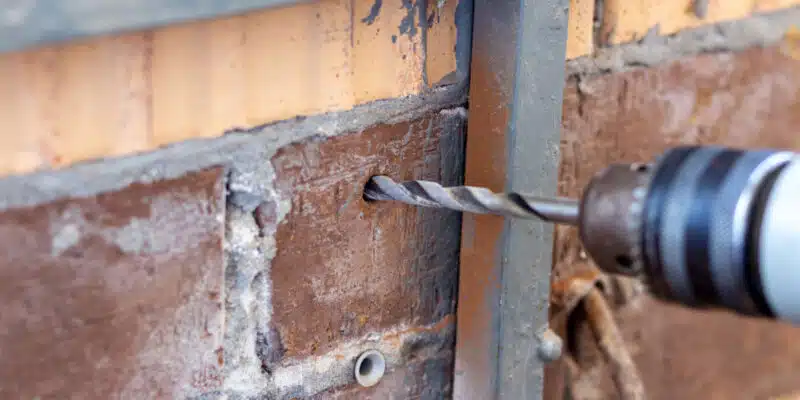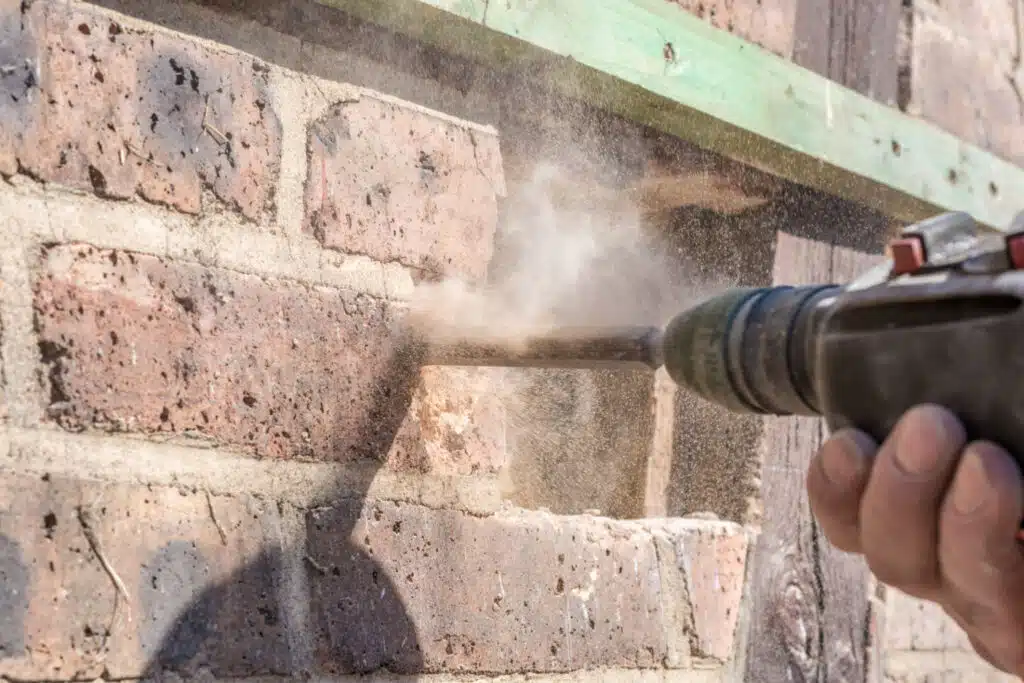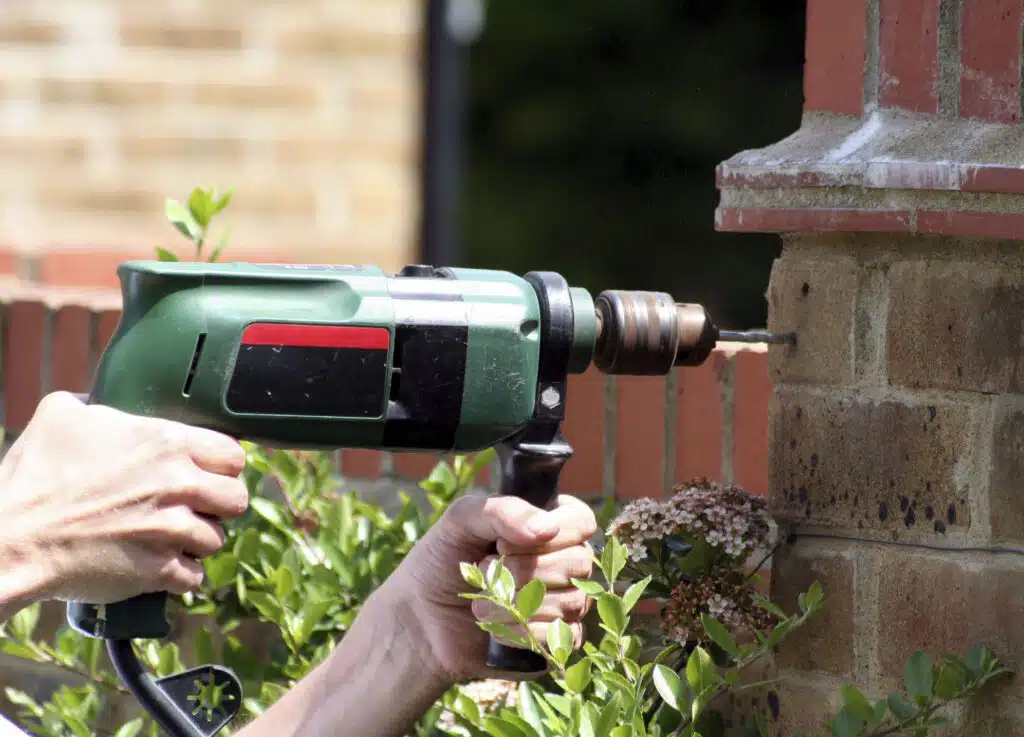Most people don’t give their chimney much thought – until there’s a problem. Then, it’s suddenly very important! If you’re having issues with your chimney, it’s important to get them fixed as soon as possible. Chimney repair can be a big job, but it doesn’t have to be overwhelming. This guide will walk you through everything you need to know about repairing your chimney.
Masonry Chimney 101
A chimney made of masonry can be made out of many materials, including concrete, bricks, mortar, concrete block and concrete block, cast iron and steel, and flue tile.
These materials can be very vulnerable to rainwater damage if they’re not properly installed or maintained.
External factors can cause serious damage to extremely porous chimneys.
Common Chimney Problems
A Chimney is an important part of your home, providing ventilation for your fireplace or stove. It’s also one of the most vulnerable parts of your home, exposed to the elements and subject to wear and tear. Over time, your chimney can develop problems that need to be repaired.
Cracks
Cracks in the crown or firebox can be considered fire hazards under the NFPA.
The reason for this is that smoke from a chimney can contain waste particles from a fire.
The black smoke that comes out of a chimney is
These small particles can build up and accumulate inside cracks in the masonry.
This illustration shows the buildup of a chimney flue. It can cause a fire hazard.
Brick cracks can lead to small areas of carbon buildup and waste particles. Some of these could be flammable.
Creosote (an oily substance) is the real culprit. Creosote (an oily substance) is a very similar substance to soot and can ignite by sparks.
Creosote, a flammable chemical, is formed from smoke and vapors of burning wood.
Please Click Here for a Complete Article about Creosote.
If creosote buildup is more than 1/4 inch, it’s time to have a chimney cleaned.
Look for cracks in mortar around the chimney and fireplace.
Every day, more than 61 chimney fires are lit in the United States.
Don’t panic if cracks develop in your fireplace or chimney.
Fireplace cracks can be repaired quickly. Fire risk could increase if it is not fixed promptly.
Water Penetration
Water penetration can occur at multiple points.
While water penetration can lead to mold growth, destruction, and other serious consequences,
When water reacts with creosote, it becomes acidic. This accelerates brick and mortar decay in fireplaces and chimneys.
Water can get into the chimney through cracks in the crown or chimney shelf.
This can also happen due to defective flashing at the roof–the to-chimbal junction.
Water damage can occur to exterior mortar and interior walls.
To avoid all these dangers, keep a schedule for chimney inspections. Make sure that there is no water infiltration inside any chimney or fireplace.
These water-repellent treatments (also called “waterproofing”) can keep water from your chimney
Crown of Chimneys Broken
The chimney crown, which is located at the top of a chimney, acts as a shield against a number of dangers.
The crown should have an upward slope that directs water away from the flue edges. This prevents mortar or brick from eroding along the vertical chimney surfaces.
A properly constructed chimney crown should be overhanging, made from Portland cement-based mix.
Faulty Flashing
Flashing is the process of sealing the space between the chimney and the roof to keep rainwater out.
It is basically an expansion joint that’s made from two different materials. It allows the chimney and roof to expand and contract at the right rates, without causing any damage.
Here’s an example of flashing which allows water to enter a house that is under construction.
Incorrect Dimensions
If your Chimney is the incorrect dimensions, it will not function properly. The Chimney should be at least 2 feet taller than anything within a 10-foot radius of it. If it isn’t, you could have serious drafting problems. In addition, the Chimney should have a cap that is at least 3 inches wider than the Chimney opening.
Caps that are too small allow rain and snow to enter the Chimney, which can cause serious damage. If you don’t have a cap, or if yours is the wrong size, call a professional to have one installed.
Chimney Caps
A cap is required to prevent water from entering your chimney. This will prevent birds and squirrels from getting into your chimney opening. This is basically a way to get rid of any clutter in your home, such as leaves.
You can also use a cap to keep your home safe from animals that might enter your chimney and cause a fire. A Chimney cap will also help you save money on your heating bill.
If you live in an area where it snows, you need to make sure that your chimney is clear of any snow or ice. If there is any buildup, it can cause your chimney to collapse.
Chimney Deterioration
Bricks, mortar, and other building materials can be damaged by being left in the elements.
Damage to chimney walls is slowly occurring from external elements
A falling chimney is an indication that it is time to rebuild. Bricks are not viable anymore.
Leaning Chimneys
Has your chimney been checked by a professional to ensure it is not leaning? A lean chimney can cause serious damage to your property, and even collapse.
This is a list of common problems that can occur with your fireplace or chimney.
It is recommended that chimneys be inspected annually to ensure safety and prevent costly repairs.
Inspect your fireplace and chimney every month to ensure that there are no problems.
A 5-minute annual visual inspection can help you save thousands on chimney and fireplace repairs.
A quick checklist for inspecting chimneys and fireplaces.
Check your fireplace for cracks or loose bricks.
Be sure to check the firebox for cracks or broken bricks.
Make sure the damper is off.
Check the chimney exterior for cracks and damage.
Repair any cracks or damage to your fireplace before you use it again.

